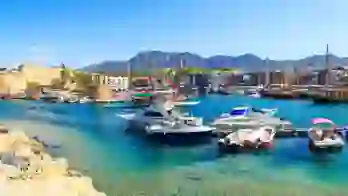
Northern Cyprus Travel Guide
Cyprus is the third largest island in the Mediterranean. It also happens to be one of the most beautiful. Separated from the southern, Greek-aligning part of Cyprus, Northern Cyprus is predominantly Turkish. Abundant in pristine, unspoilt beaches, fascinating archaeological sites, and colourful cuisine, Northern Cyprus is a must-visit if you’re craving history and culture with a bit (a lot) of sun.
In 2019, more than 1.3 million British travellers ventured to this stunning part of the world. If you’re hoping to be one of them, read on for our comprehensive travel guide to Northern Cyprus.
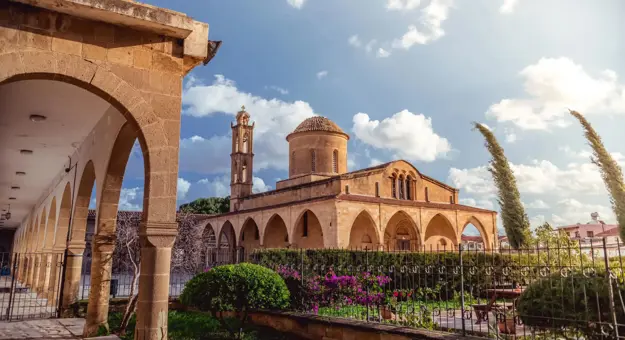
Northern Cyprus at a glance
The language people speak in Northern Cyprus is Turkish. This is the official language, however, Turkish Cypriots tend to speak in a regional dialect that differs from the Turkish spoken in mainland Turkey.
Still, the two languages are fairly interchangeable. Fortunately for travellers heading over from the UK or other English-speaking countries, English is widely spoken throughout Northern Cyprus and English is taught as a second language in Cypriot schools.
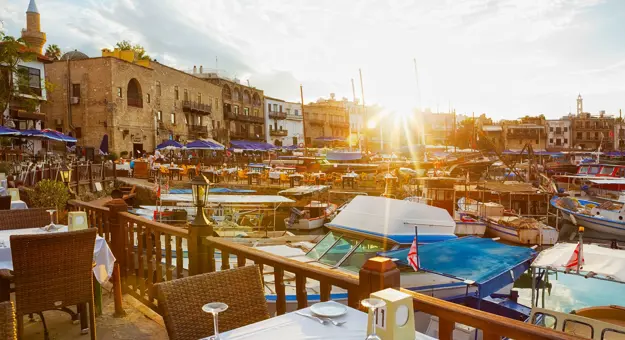
Where Northern Cyprus is and how to get there
Cyprus is an island in the Mediterranean Sea, approximately 50 miles south of Turkey. Northern Cyprus is located on the northern and eastern side of the island. As one of the least-polluted regions in the Mediterranean, the area abounds in biodiversity and is a temporary home for nearly 300 birds migrating between Eastern Europe and Africa. So birdwatchers, come on through.
If you have already reached the planning stage for your next trip abroad (exciting!), you might be wondering how to get to Northern Cyprus. There are two ways to fly into Northern Cyprus.
One option is to fly directly into Ercan Airport in Northern Cyprus, which means you will need to briefly touchdown at a Turkish airport on the way. Another option is to fly into Larnaca Airport in the southern part of Cyprus. This ends up being a shorter flight as you won’t need to touchdown in Turkey. Generally speaking, flights into Larnaca tend to be more affordable, plus more international airlines fly to this location.
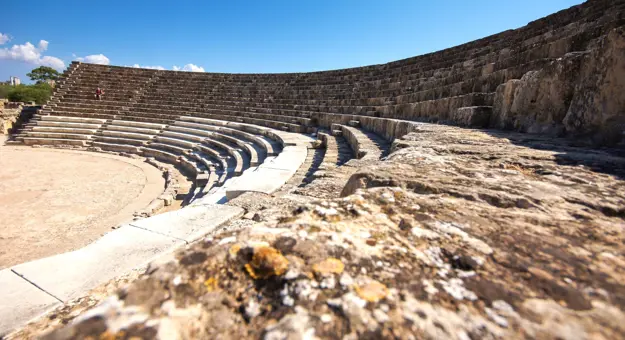
How to get to Northern Cyprus
As Northern Cyprus is not part of the European Union, it is home to fewer large businesses and commercial chains than the southern part of Cyprus.
In the place of more developed businesses, you can find idyllic beaches to swim at, ancient archaeological sites to explore, and sprawling coastal views free from the high-rise apartments and mega-resorts you might expect at most warm, beach hotspots. If you’ve already visited the other usual (sunny) suspects - namely Dubrovnik, Corsica, and the Greek Islands - or perhaps you’re seeking a quieter travel alternative, Northern Cyprus might just be your next destination.
There’s a reason why Northern Cyprus frequently tops lists rounding up the best European destinations for winter sun. Northern Cyprus’ Mediterranean climate means it has mild winters and sunny, dry summers by the coast. In the more mountainous regions, the climate is cooler.
The island clocks approximately 320 sunny days per year or an average of 2,700 to 3,500 hours of sunshine per year. So don’t forget to wedge that swimsuit (and more crucially, SPF!) into your suitcase. Compare this count to the UK’s average of 1,493 hours of sunshine each year, and you might even feel compelled to pack your bags immediately.
Just when you think summer is winding down in October, Northern Cyprus proves that there is still more fun to be had. The sea temperature is still warm during October, averaging 24 ºC. This means you can head to the island outside of peak season, and seek out more golden opportunities to pursue watersports or splash around in that new swimsuit.
Best tours to Northern Cyprus
- Explore Kyrenia's harbour and monumental castle
- Enjoy visits to idyllic Bellapais and its Gothic abbey
- Visit the spectacular Greek and Roman ruins at Salamis and Soli
- Flights included
8 days from £884 pp
was £1,105 pp
Dates Available
February 2026 - November 2027
Duration
8 days
Depart From
12 airports
Excursions & Visits
6 included
Meals
14 included
- Tour the Roman ruins at Salamis
- Exploring Kyrenia's harbour and monumental castle
- Visits to idyllic Bellapais, and its Gothic abbey
- Flights included
15 days from £1,399 pp
was £1,645 pp
Dates Available
February 2026 - November 2027
Duration
15 days
Depart From
12 airports
Excursions & Visits
6 included
Meals
14 included
Things to do in Northern Cyprus
Here are some top places to visit and things to do on a holiday to Northern Cyprus
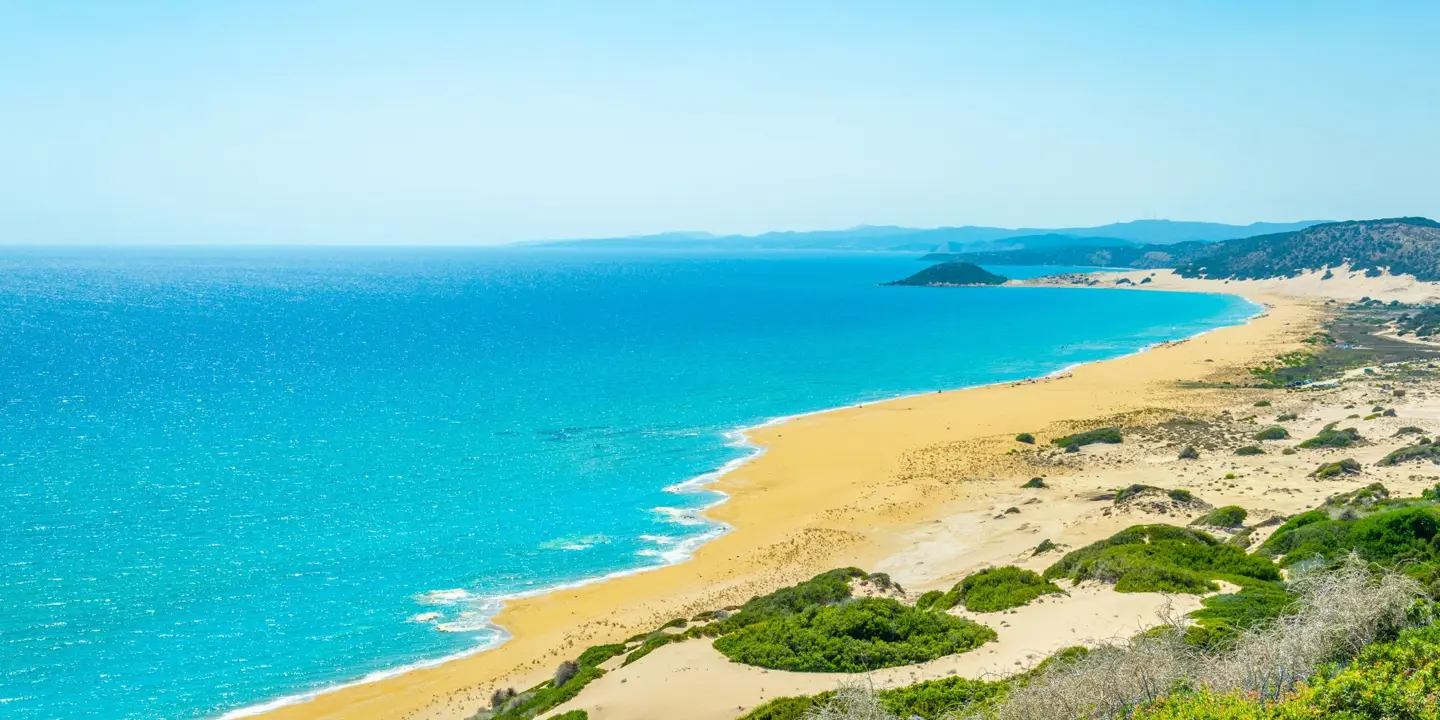
The beaches of the Karpaz Peninsula
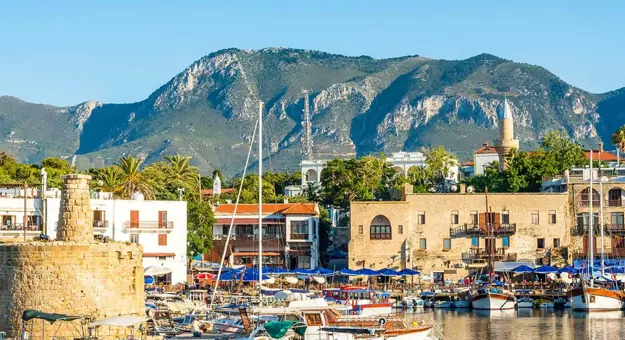
Solo travel in Northern Cyprus
Joining a tour is always a nice way to explore Northern Cyprus. If you are more set on going your own way, it’s a wise idea to book a rental car.
Hiring your own vehicle is one of the best ways to explore the island, offering unparalleled flexibility to see Northern Cyprus’ more remote regions, where the country really comes alive. There are several rental car businesses in Nicosia, Girne, and Famagusta. Be sure to book in advance, particularly during the peak summer season.
But is it safe to travel to Northern Cyprus? Is Northern Cyprus safe for solo travellers and more specifically for solo female travellers? Considering tourism is extremely important to the island and constitutes a significant portion of Northern Cyprus’ economy, it can be considered a safe place for tourists.
Solo female travellers will find Northern Cyprus to be a safe travel destination. It is only advised that you follow the same kind of safety precautions you would take in another destination. This means sticking to the main touristic paths (unless travelling with an experienced guide), planning your journeys in advance, and updating your loved ones back home about where you will be, and how they can best reach you. It’s always good to regularly check in.
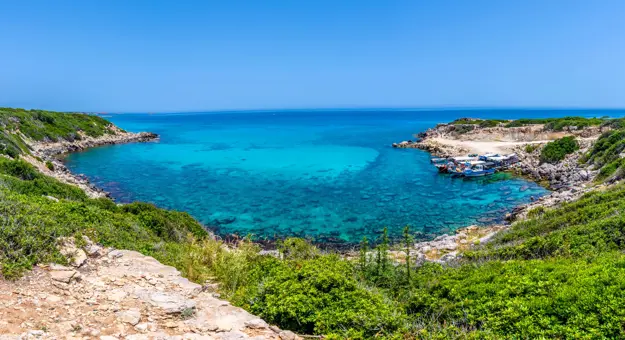
Over 50s travel in Northern Cyprus
If you’re over 50 and you’re craving a holiday where you can kick back and comfortably be assured that every aspect of your trip is sorted, Newmarket Holidays can help you. We operate a range of tours to Northern Cyprus which cover off many of the sites we have explored above. Travel with us to experience the following Northern Cyprus highlights:
Kyrenia's harbour and historic castle
The walled city of Famagusta
The ancient Greek and Roman ruins at Salamis and Soli
The staggering hill-top ruins of St Hilarion Castle
The glistening Karpaz peninsula
The eerily beautiful ghost city of Varosha
If you’re wondering about the age range of the people on our tours, it varies! Generally, our customers tend to be aged over 30, but they are usually over 50. If you have any further questions about Northern Cyprus or tours, feel free to get in touch.
